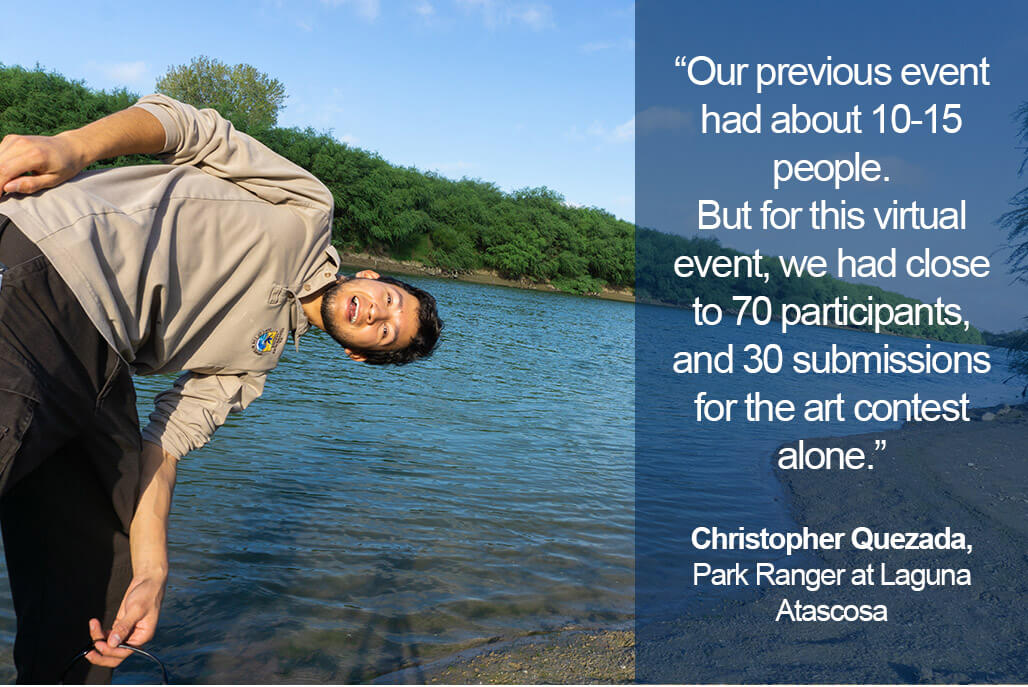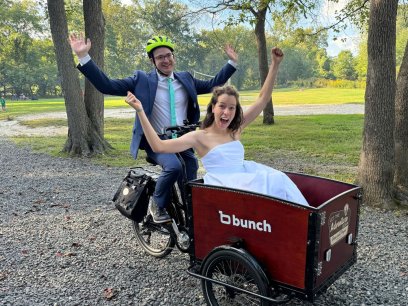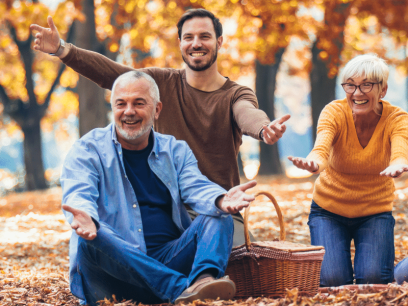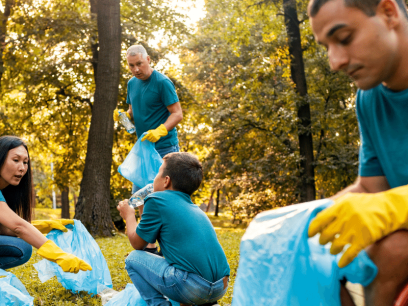
The COVID-19 pandemic has been an incredibly stressful time for all of us, and has led to Americans heading outdoors in record numbers to decompress and soak up the natural environment’s myriad benefits to our physical and mental well-being.
However, not everyone has the same access or ability to escape to nature when they need it. For these groups, virtual volunteer events have helped them stay connected to the natural environment from the safety of their homes. But what if you’re looking for something a little more hands-on than a wildlife webcam or ranger talk?
This past National Public Lands Day, one small wildlife refuge in south Texas came up with an innovative way for volunteers to express themselves and their love for their local environment.
A Refuge for Rare and Endangered Species
Laguna Atascosa National Wildlife Refuge is a 110,000-acre stretch of wetlands, coastal prairie, savannah, and shrublands at the southern tip of Texas’ Gulf coast. Just north of the bustling border town of Brownsville and west of perennial partying hotspot South Padre Island, the refuge is a haven for indigenous flora and fauna in a rapidly urbanizing landscape.
“Due to agriculture and urbanization, over 95% of the area’s natural habitat has been lost,” said Christopher Quezada, park ranger at Laguna Atascosa. “The refuge aims to educate the future generation of environmental stewards by promoting conservation and potentially increasing the remaining 5% natural habitat in the form of land acquisition and pocket parks.”
Laguna Atascosa may be small—Quezada is the only park ranger—but it serves an outsized role in the local ecosystem.
“It’s an incredibly diverse area. We have the coast, the wetlands, and we’re a migratory central flyway for over 400 species of birds,” said Nicole Ekstrom, president of Friends of Laguna Atascosa National Wildlife Refuge (FLANWR). The group started in 1997 as a loose collection of individuals interested in caring for the refuge and has grown to include 13 board members and thousands of supporters.
“We’re at the tropical tip of Texas, and because of that we have a very interesting ecosystem. Many tropical species are at their northernmost range here, so you’ll get species you won’t see anywhere else in the US,” said Ekstrom.
In addition to species such as the green jay and giant swallowtail butterfly, the refuge is also home to rare and endangered species like aplomado falcons, sea turtles, and ocelots. In fact, FLANWR has organized and hosted the annual Ocelot Conservation Festival at Laguna Atascosa for over 20 years.
“A big focus of our group is the ocelot,” said Ekstrom. “We actually have both a breeding and resident population here, which is a huge draw. The chance of seeing one is really minimal, but just knowing that they’re here, that they exist, is enough for most people.”

Pandemic Puts Pressure on Local Public Lands
Like many public lands around the country, Laguna Atascosa has been hit hard by the COVID-19 pandemic. According to the CDC, the tri-county area has substantial levels of community viral transmission. Local businesses are hanging on by a thread; others have shut their doors for good.
For the area’s predominantly Hispanic population, Laguna Atascosa has served as a place to escape and de-stress in a landscape largely dominated by agriculture and urban sprawl. Visitation has skyrocketed during the pandemic, but with the refuge’s limited staff and reliance on a volunteer labor force with an average age over 60, they have fallen far behind on upkeep of trails and facilities. The visitor center is also closed, cutting off access to the FLANWR nature store, a crucial fundraising arm for the refuge.
Despite these setbacks, Quezada has continued to work to keep the refuge open and available for the local community.
“When you look around the valley, you just see flatlands, farms, and ranches. You won’t find any sign of native vegetation and habitat,” said Quezada. That’s why the refuge is important—it shows our community what a healthy ecosystem looks like with the hope that they can take that knowledge and replicate it at home.”
Taking a Page from the Book of Bob Ross
During the summer of 2020, with National Public Lands Day (NPLD) fast approaching, the refuge was looking for a way to continue serving the local community in a safe and engaging way. They had hosted many in-person programs, planting days, and other NPLD events in the past, but were unsure of how such events would work within existing social-distancing guidelines.
It was FLANWR’s summer AmeriCorps VISTA intern, Melissa Robell, who suggested they adapt the previous year’s NPLD event—a watercolor landscape painting class at Osprey Overlook—into a virtual volunteering event. Using NEEF’s NPLD Highlighted Virtual Site Sponsorship, Robell and FLANWR volunteers purchased and put together “at home” watercolor kits for attendees to use during the event. They then mailed each kit free of charge to ensure everyone who wanted to participate could do so.
“Melissa did a lot of research to find the best way to make a connection with the public,” said Quezada.
The Wildlife Watercolors class was hosted over Zoom by Robell and a local artist, and the two demonstrated basic watercolor techniques and educated participants on common species and habitats at Laguna Atascosa. Afterwards, they encouraged participants to use the techniques they had learned in a nature-themed Halloween art contest.
“Our previous event [at Osprey Overlook] had about 10-15 people,” said Quezada. “But for this virtual event, we had close to 70 participants, and 30 submissions for the art contest alone.”
“I did not expect the event to be as big as it was,” said Ekstrom. “I think a lot of that had to do with Melissa sending watercolor kits to people. It was just one more way to make it interactive and fun for everyone.”
Ekstrom noted that the feedback from attendees was overwhelmingly positive, with many of them noting that holding the watercolor class virtually was better than in-person because it was easier to see the art instructor’s canvas and follow along at their own pace.
The experience was a game-changer for Ekstrom.
“Friends of Laguna Atascosa has generally resisted virtual events because of the [technological] learning curve and wanting to get the most ‘bang for our buck’ with in-person volunteering events,” she said. “However, now that we know what it takes, I think we’re definitely going to incorporate more virtual components into our events in the future, like the Ocelot Festival and our annual fundraising events, so that people all around the world can be a part of them.”
Virtual Volunteering Tips for Site Managers
With Robell’s help, Laguna Atascosa has converted many of their in-person events to a virtual format during the COVID-19 pandemic. Almost all of these events have seen increased participation.
When asked for advice on how other public lands can successfully host their own virtual events, Quezada had the following tips for site managers:
- Seek out grant opportunities with potential partners. Quezada indicated that the Wildlife Watercolor event would not have been possible without NEEF’s Highlighted Virtual Site Sponsorship.
- Prep for your event by reviewing your streaming options. For example, Quezada mentioned that as a member of the US Fish and Wildlife Service, he can’t use Zoom, but groups like FLANWR can.
- Mail out necessary equipment (such as watercolor kits) in advance so attendees have everything they need on the day of the event.
- Use the virtual format to improve on the experience of traditional events. Had the watercolor event taken place in person, Quezada said, they could have accommodated only a third of their total attendees due to limited space at the refuge.
- Promote the idea that conservation is possible even from a participant’s backyard. With their virtual event, Quezada and FLANWR were able to carry their message of protecting the refuge directly into people’s homes.
Biodiversity in Action
Quezada hopes that continuing to hold events like Wildlife Watercolors will increase interest in the refuge from locals whose only knowledge of the landscape is based on the developed land around them.
“Some people have lived here their whole lives and have no idea [about the refuge],” he said. “However, when they come to the refuge and see just how diverse the vegetation and wildlife in this area actually is, they’re just in awe. It’s really exciting to share that experience with the community and let them know that, at one point, their backyard used to look like this.”
To see the results of last year’s National Public Lands Day, including information about other Highlighted Virtual Events, check out our NPLD 2020 Impact page.


